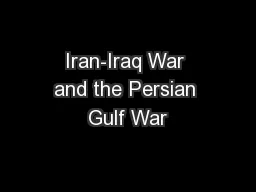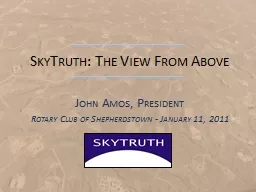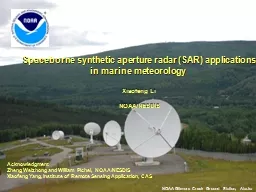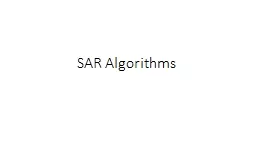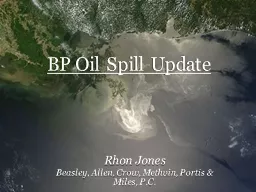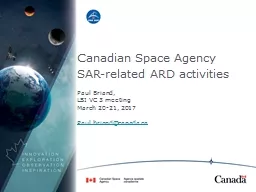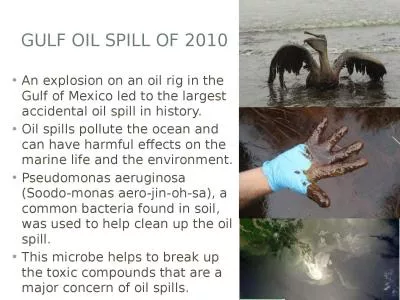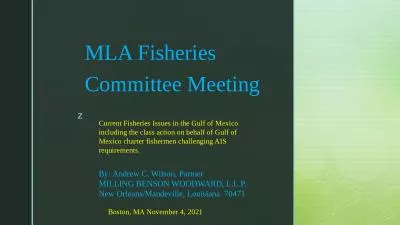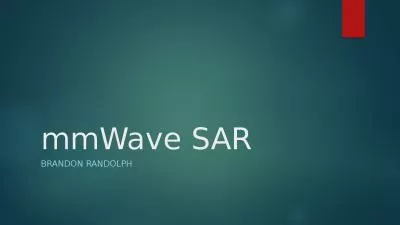PPT-SAR detection and model tracking of oil slicks in the Gulf
Author : ellena-manuel | Published Date : 2016-04-28
Xiaofeng Li NOAANESDIS XiaofengLinoaagov Contributors William Pichel NOAA 5200 Auth Road Room 102 Camp Springs MD 20746 USA Biao Zhang and Will Perrie Bedford
Presentation Embed Code
Download Presentation
Download Presentation The PPT/PDF document "SAR detection and model tracking of oil ..." is the property of its rightful owner. Permission is granted to download and print the materials on this website for personal, non-commercial use only, and to display it on your personal computer provided you do not modify the materials and that you retain all copyright notices contained in the materials. By downloading content from our website, you accept the terms of this agreement.
SAR detection and model tracking of oil slicks in the Gulf: Transcript
Download Rules Of Document
"SAR detection and model tracking of oil slicks in the Gulf"The content belongs to its owner. You may download and print it for personal use, without modification, and keep all copyright notices. By downloading, you agree to these terms.
Related Documents

